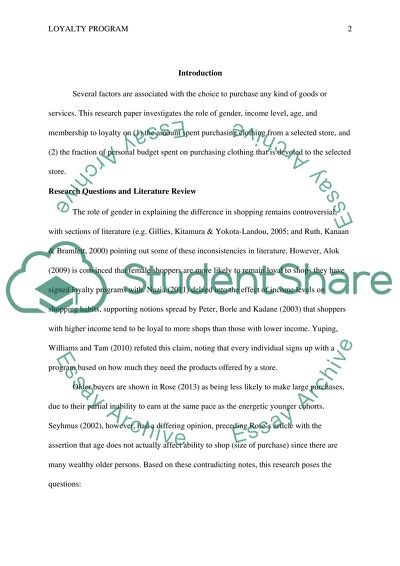Cite this document
(“Marketing research Case Study Example | Topics and Well Written Essays - 2750 words”, n.d.)
Marketing research Case Study Example | Topics and Well Written Essays - 2750 words. Retrieved from https://studentshare.org/marketing/1698019-marketing-research
Marketing research Case Study Example | Topics and Well Written Essays - 2750 words. Retrieved from https://studentshare.org/marketing/1698019-marketing-research
(Marketing Research Case Study Example | Topics and Well Written Essays - 2750 Words)
Marketing Research Case Study Example | Topics and Well Written Essays - 2750 Words. https://studentshare.org/marketing/1698019-marketing-research.
Marketing Research Case Study Example | Topics and Well Written Essays - 2750 Words. https://studentshare.org/marketing/1698019-marketing-research.
“Marketing Research Case Study Example | Topics and Well Written Essays - 2750 Words”, n.d. https://studentshare.org/marketing/1698019-marketing-research.


